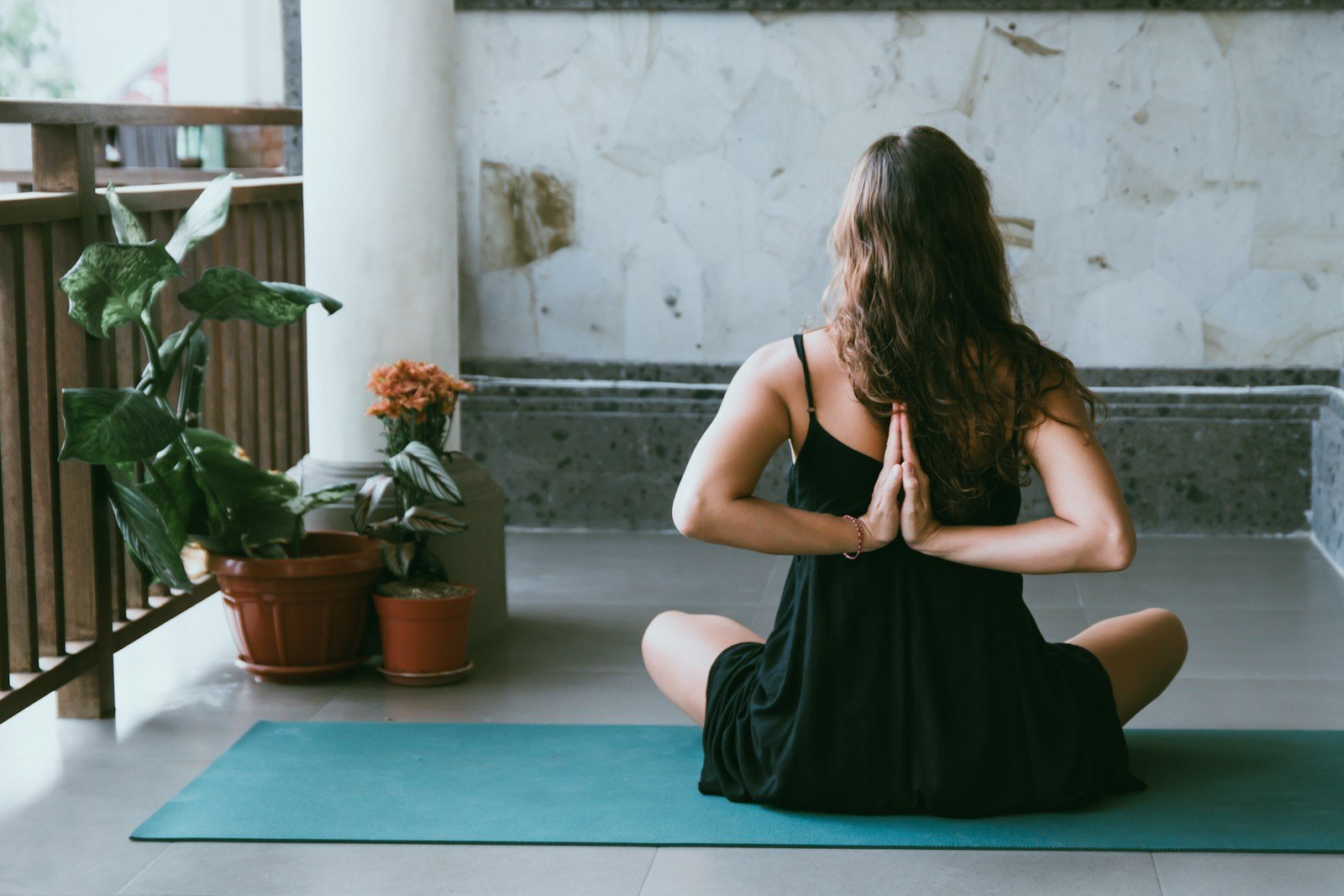Yes, stretching the shoulders can significantly help improve posture. Poor posture, such as rounded shoulders and forward head posture, often results from muscle imbalances; some muscles become tight, and others become weak. Stretching the shoulders helps to lengthen the tight muscles, particularly those in the chest and front of the shoulders, which can pull the shoulders forward. This, in turn, helps to correct the alignment of the shoulders and upper back.
Several sources highlight the benefits of shoulder stretching for posture improvement. For instance, regular shoulder stretches can reduce tension, relieve pain, increase mobility, and improve overall posture by ensuring that the muscles and fascia can extend to their full length during activity. Specific stretches, such as shoulder rolls, doorway stretches, and thoracic rotations, are recommended to enhance shoulder flexibility and mobility, which are crucial for maintaining proper posture.
Combining stretching with strengthening exercises is essential for a comprehensive approach to posture correction. Strengthening the muscles of the upper back and shoulders helps maintain proper alignment and counteracts the effects of poor posture. This dual approach ensures that the muscles are both flexible and strong, which is necessary for sustaining good posture over time.

